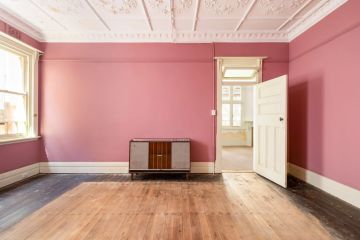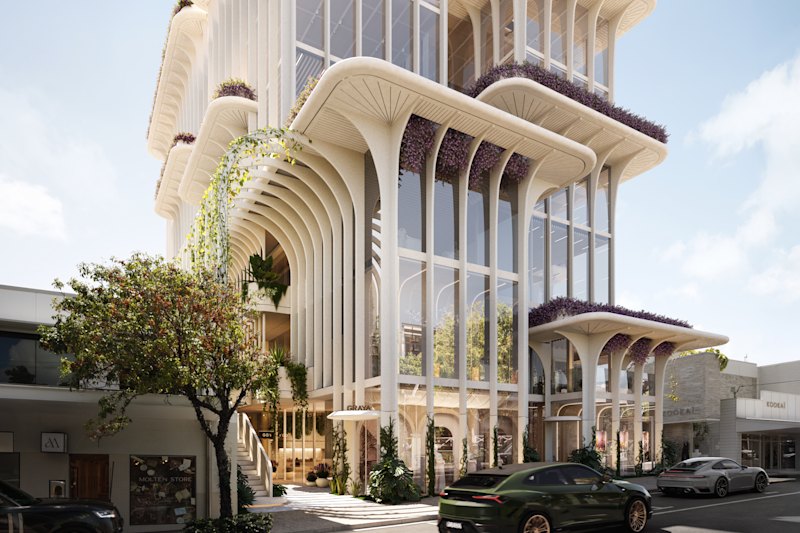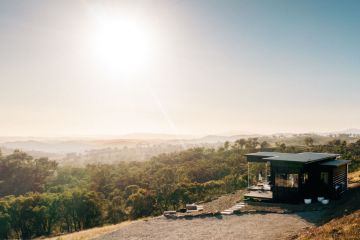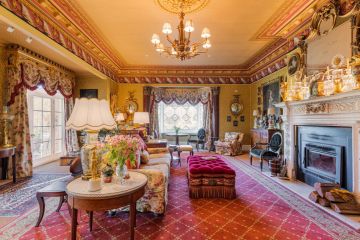Building your home vs. buying: What to know before you decide
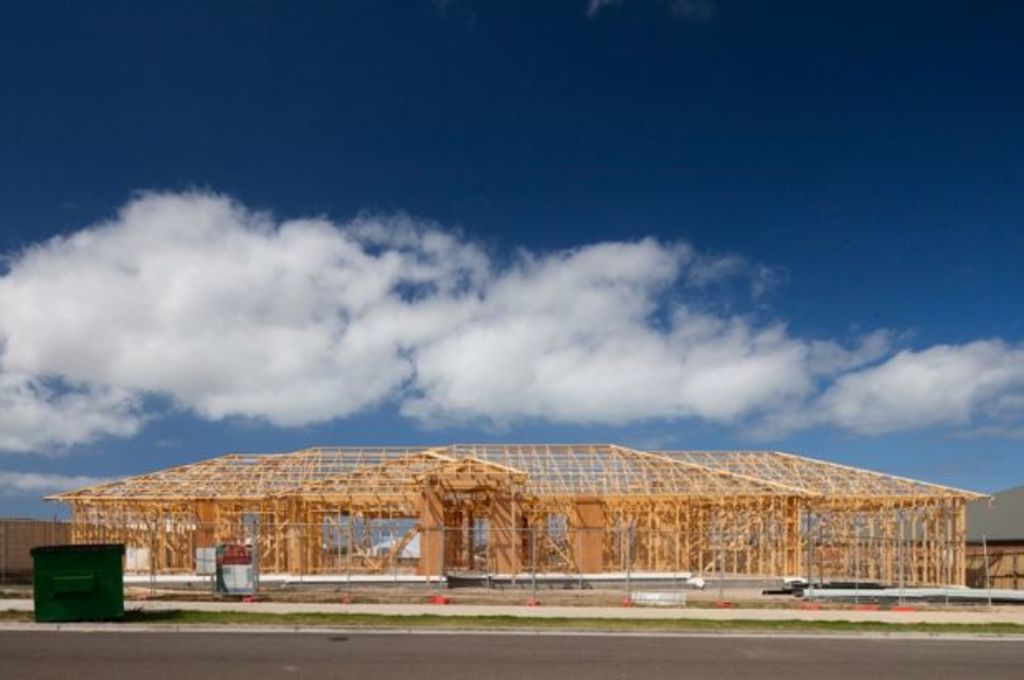
When looking to buy a home, one question buyers face is whether to purchase an established property, or to buy land and build a home from scratch.
While both methods offer significant financial and social benefits, ultimately, the “better” method depends on the priorities of the buyer.
“First you need to determine what your needs or wants are, to be able to determine what’s classed as ‘better’,” says Jacquie Saville, financial adviser and co-director of Ascend Financial Freedom.
“Consider it like buying a mode of transport. What’s better – a Prius, a motorbike, a sexy two-door sports car, or a Range Rover? They’ll all provide transportation, but do they cater specifically for your needs?”
We asked the experts to outline the pros and cons of each method, allowing buyers to determine the option that best suits their lifestyle and financial position.
What to know: Established home
Buying an established home offers several key benefit that appeal to buyers.
Generally, an established property will be located closer to a city centre than a new home (as vacant blocks are rare in inner-city areas), and therefore be nearer to facilities and infrastructure such as schools, employment opportunities and public transport.
Not only is this location usually considered preferable, but the parcel of land the home sits on will generally be bigger than what’s offered for new builds.
“Land sizes used to be bigger than what current home and land packages offer,” says Andrew Trim, managing director of Johnson Real Estate.
“An established property often has a nice-sized yard along with a good-sized house, something you generally have to pay through the nose for in a brand new build.”
Buying an established home is a quicker process than building a new house. Once the initial house hunting is done and the deposit has been paid, buyers can often move in and start their new life in as little as 30 days.
New homes, on the other hand, require months to build and have the potential extra burden of delays and complications. Because of this, many buyers will need to continue renting another property while their new home is being built.
“There is also an enormous time drain to pick all of the finishes, colours and fittings for a new home. This is even more time consuming if building an architectural home,” says Paul Paella, director of Brisbane Buyers Agency.
Another factor to consider is the positive impact of established gardens, parks and trees in longstanding homes, which are often lacking in new housing estates.
“If you ever drive through a brand new estate the missing foliage and flowers are starkly obvious,” says Wendy Beauglehole from Damer Builders.
“Gardens are often overlooked when locking in a mortgage for a new home but perhaps they should be listed in the cost … If you have never set up a whole garden and lawn before, you may not be aware how very costly it is.”
A key question buyers must ask themselves is whether they are looking for their forever home, or an investment property. If it’s the latter, the established home is generally the better bet.
“If first home buyers want the opportunity to move to a second bigger and/or better home, they need to ensure that their first home will grow in value to allow for this upgrade,” says property lecturer Peter Koulizos.
“Buying the right established property can add instant value with the right makeover and they could find themselves up levelling to the property of their dreams much faster,” says Cathy Morrissey, aka The Reno Chick.
Buyers can also more easily compare prices and investment results of similar properties when dealing with established homes.
“Purchasing an established home also offers buyers a good understanding of the design, style and price point for other houses in the area, allowing them to understand the home’s future financial value,” says Angela Morrison, principal interior designer at Style Create Design.
At a glance…
- Closer to the CBD and established infrastructure
- Better investment potential
- Larger land parcel
- Comes with established landscaping
- Can move in quickly
What to know: New home
Buying land and building a new home from scratch offers several unique benefits not offered when purchasing an established property.
Many first home buyers are drawn to this option due to the savings and concessions available, such as reduced stamp duty and the First Home Owner Grant.
“If you choose to use your new home as an investment property, you can claim depreciation quite rapidly over the first few years, which is a good tax benefit to take advantage of,” Trim says.
As a new home is more likely to be built to a higher energy efficient standard and carry fewer maintenance issues than an established home, there’s also the potential ongoing savings.
“An architecturally designed home utilising responsible building practices like natural ventilation, PV panels with battery backup, grey water systems and one that takes full advantage of winter sun in any area will always appreciate in value,” says Dean Ipaviz, director of VerdeCon construction and carpentry.
Even if issues do arise, these will generally be covered under warranty.
“You have a house that you won’t have to put any money towards over the next few years. Everything is nice and new, so there is no work to be done,” Trim says.
Of course, the major drawcard of a new home is the creative control this offers buyers.
“You decide where the fireplace goes, what cladding you use, how big your entertaining area is,” Ipaviz says.
“The stories you’ll share with your mates while you’re enjoying a cold one around the barbecue become more real and you’re passionate about them because you were involved in the process.”
This method of buying can be particularly rewarding, and arguably gives vendors more bang for their buck.
“Often you get a lot more for your money. Sure, a two-bedroom unit might be cheaper but it’s pretty awesome having a new home that’s built exactly how you want it to be,” says Victor Kalinowski, mortgage broker and founder of Blackk Finance.
And while building may be the more time-consuming process, it can save buyers several weekends of time spent at inspections, auctions and negotiating with agents.
“There is far less competition in buying a block of land and building your home than an existing home. Many people are turned off by the stress and cost of building,” says Nathan Birch from Binvested.
If you’re looking for a home to raise your family and live in for decades, the new build can be a fantastic option.
“Home designs and sizes have changed dramatically in Australia over the last 20 years, so by building a new home, you can create the exact floor plan that you desire rather than taking on the costs involved with creating an open floor plan in an existing property with an outdated design,” Morrison says.
At a glance…
- Can be built to your exact specifications
- Lower ongoing costs in terms of maintenance and energy
- Significant buyer incentives such as the First Home Owner Grant
- Less competition to buy land
- Issues and defects covered under warranty
We recommend
We thought you might like
States
Capital Cities
Capital Cities - Rentals
Popular Areas
Allhomes
More

